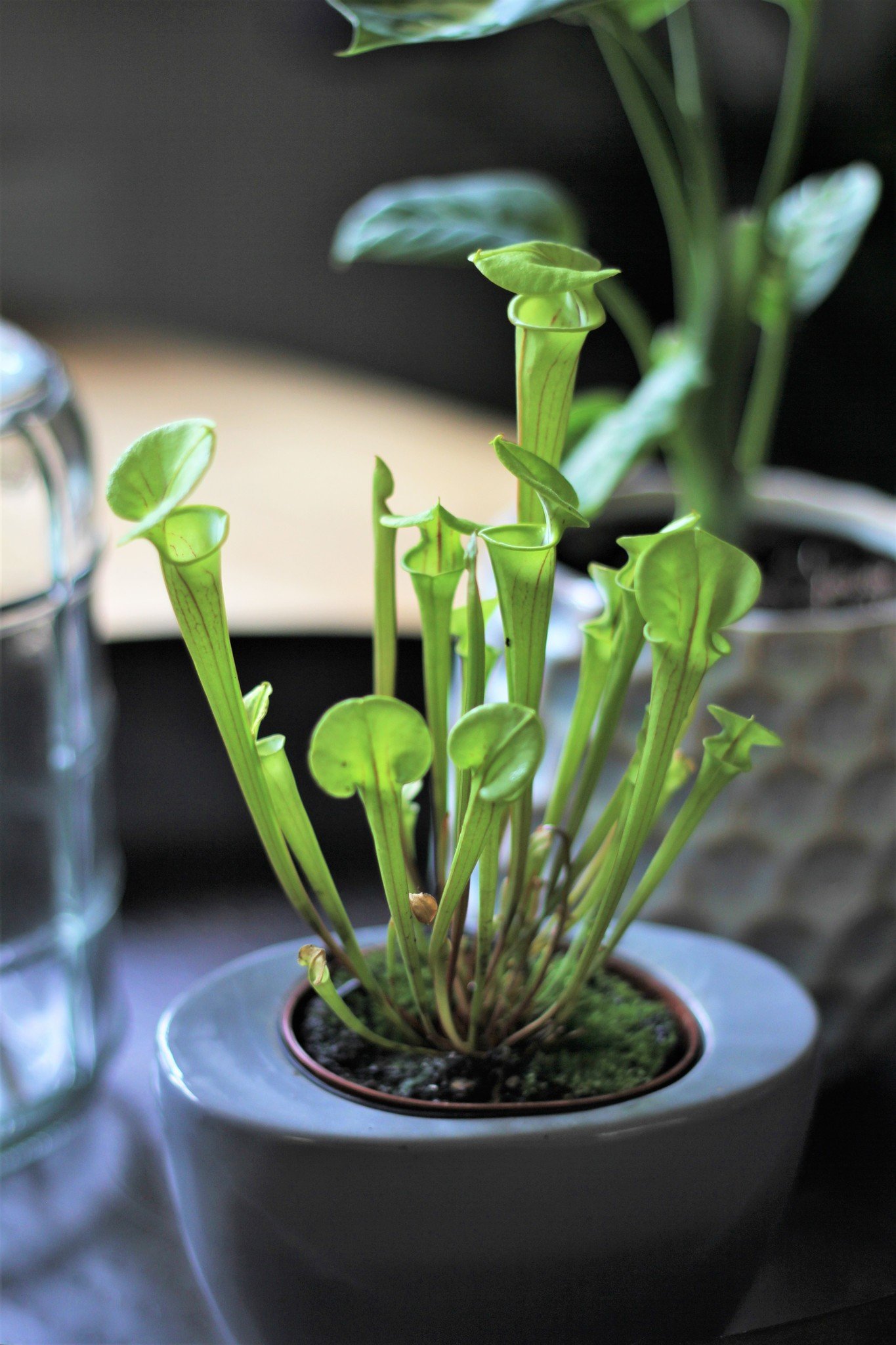
Carnivorous plant, the word says it all - these plants eat meat! So what kind of meat does the plant eat? To answer this question, it is important to know where carnivorous plants come from. Carnivorous plants come from swampy areas, where there is a nutritionally poor soil. Because the plant cannot get nutrition from the soil, it has evolved to catch its food from the air. The prey of the carnivorous plant is mainly insects, such as flies. In the jungle there are also species that catch small birds, reptiles or rodents. The animals are lured by the beautiful colors and delicious smells created by the carnivorous plants. The plants produce enzymes that are toxic to the prey. So are carnivorous plants toxic to cats?
In general, carnivorous plants are not toxic to cats. However, the nectar / enzymes are not healthy for a cat. All cat owners will confirm that cats are curious animals. A cat will therefore not hesitate to investigate a plant. Therefore, keep an eye on your cat to make sure it does not gnaw on the plant too much. This is not only bad for a cat, but also for the plant. If your cat is chewing the plant a lot, we recommend that you put the plant in a place where it cannot easily reach. In general, a cat is more dangerous to a carnivorous plant than the other way around.
The plants we offer are focused on catching small insects, and therefore have never created enough enzymes to process larger prey. Thus, a cat is much too big for a carnivorous plant, so there is no need to worry too much.
Which species is best for a household with a cat?
Still, in some carnivorous plant species, a cat can easily reach the nectar or enzymes. Therefore, we always recommend certain species of carnivorous plants for cat owners. Not all carnivorous plants are suitable for a cat. The species we advise against are the Drosera and Pinguicula species. This is because they have their nectar / enzymes sitting directly on the traps. These two species both use an adhesive trap. This means that the 'trap' sits on the leaf or stems, as it were. So in easy reach for a cat. Chances are that a cat will sniff and even nibble at this. The nectar is not necessarily poisonous, but a cat can get sick from it. For this reason, the following species are more suitable for a household with cats:
Nepenthes (Pitcher plant): This is a tropical plant with cup traps. These cups contain the enzymes. The cups often have a narrow opening making it a lot harder for a cat to get in. Because the cat can't reach the enzymes, this plant can't do much harm.
Sarracenia (Pitcher plant): The Pitcher plant can be grown outdoors or indoors. Officially, the Pitcher plant is an outdoor plant, so this is where the plant is at its best. The Pitcher plant has very long tubes, which contain the enzymes at the bottom. It is almost impossible for a cat to reach the enzymes, the tubes are too long and thin for this.
Dionaea Muscipula (Venus Fly trap): For this plant, a cat is actually more dangerous than the other way around. The Venus Fly trap uses a folding trap. The trap closes after the hairs in the trap have been touched at least 3 times. Only when the trap is closed do the enzymes process the prey. A cat never fits into such a trap, and is therefore not dangerous for a cat.


